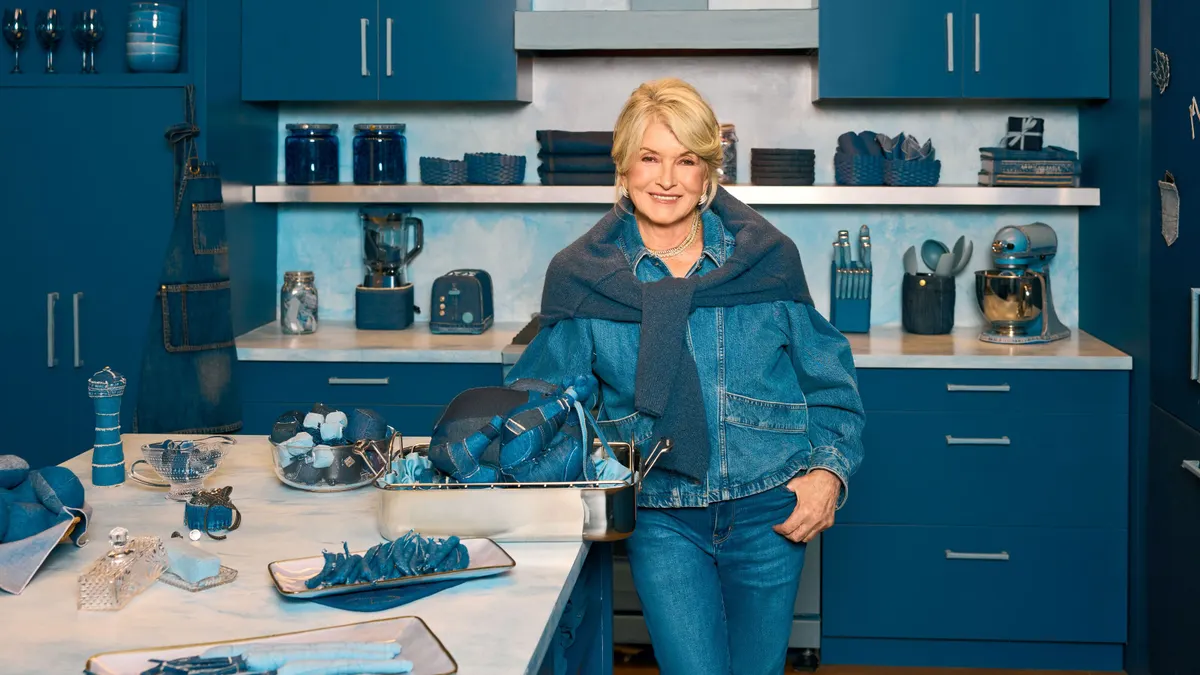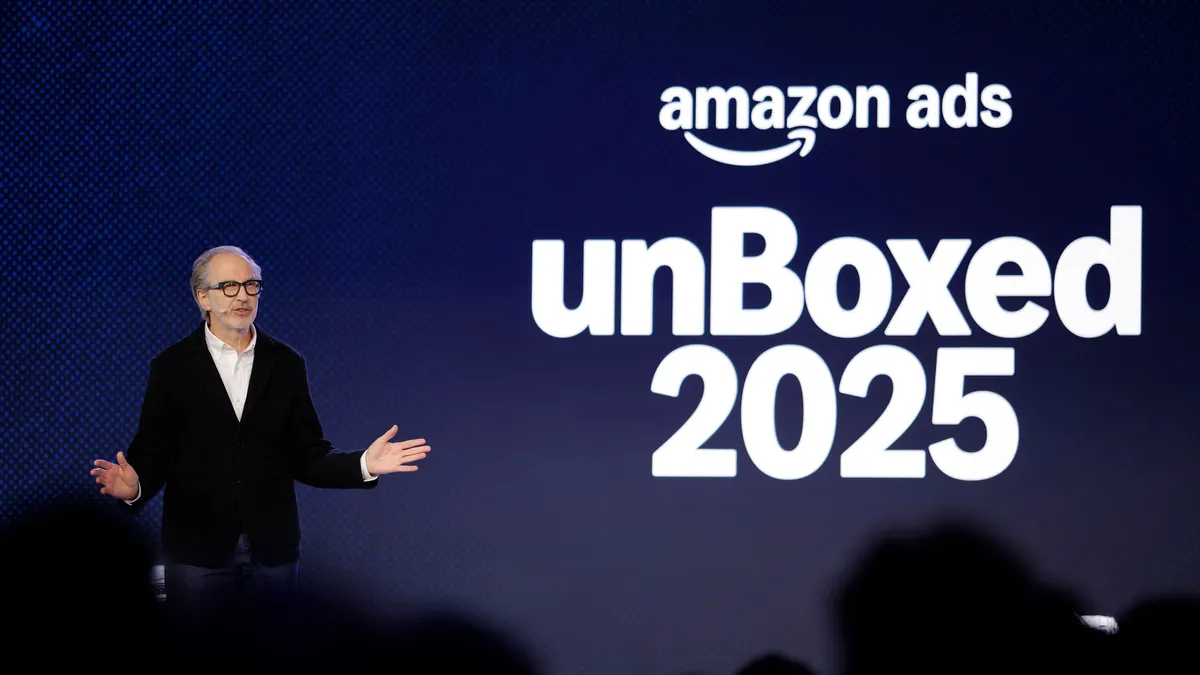People can now essentially curate their own slate of programming to be watched at any time on myriad outlets, but having so much choice can make it difficult — overwhelming even — for viewers to discover new shows and for advertisers to narrow in on an audience.
Over-the-top (OTT) services like Netflix and Hulu have been siphoning viewers away from TV for years while the more recent rise of "skinny bundles" and similar offerings such as DirecTV Now or CBS All Access are also giving consumers more viewing flexibility. Despite some clunky launches, these trends are, if anything, picking up steam.
As a result, an adjustment of expectations and sharpening of focus may be necessary on all sides of the industry, as programs aren't going to draw in the millions of viewers they used to, at least not when relegated to one channel. For advertisers, the answer may be in taking a more targeted approach.
"For marketers, it appears to make things more difficult," said Kevin Aratari, head of business development at Troika. "I've seen that trying to be all things to all people is a common response, for fear of losing any — or any more — viewers. But it's times like this where brands have to really understand who they are, plant their flag and appeal to those who like and believe in the same things they like and believe in.
"A strong brand and a clear position can put [marketers] in a position of strength," he added. "However, the total viewership may never be what it was five or 10 or 20 years ago, as the 'new normal' continues to settle in."
A pivotal shift
The sheer amount of video content now available to the viewing public both through set-top boxes and digital channels has created a pivotal shift in entertainment and advertising.
As the trend toward cord-cutting accelerated, linear TV ad revenues took a hit that affected brands and broadcasters in 2016. In the fall, MediaPost reported that ABC, CBS and Fox all saw ratings declines from the year-ago period. NBC, who hosted arguably the biggest destination viewing event of the year — the Rio Olympics — was the only one out of the four big networks to come out relatively unscathed.
Even then, NBC’s linear TV ratings dropped 21% from previous Olympic broadcasts, while its digital content streams were a success with almost 50 million viewers — more than half of which were under 35-years-old.
The ongoing disruption was made manifest in the number of consumers tuning into alternate channels: 63% of broadband-enabled households have at least one OTT subscription, according to research from Parks Associates. As more OTT offerings proliferate and social platforms like Snapchat, Twitter and Facebook build out their digital video content, linear TV is likely to continue to lose viewers.
By 2020, the number of U.S. households with pay TV subscriptions is forecast to number 95 million, down from 98.7 million in 2017 and 99.7 million in 2015, according to eMarketer. Time spent watching traditional TV will decline to 4 hours and 1 minute per day this year.
Trying to adapt
Overall, TV is currently still king. In 2017, 201.8 million U.S. adults are expected to watch traditional TV while 175.4 million will watch digital video and time spent on digital video will reach just 1 hour and 12 minutes per day, per eMarketer.
That may not be the case for much longer, however, as experts see few offerings coming out of the tradtional TV realm that will convince those tempted by cord-cutting or alternative outlets to stay.
"What would cause the decline to slow or stop?" asked Aratari. "There will ultimately be some bottom to it as the market continues to be saturated with viewing and content options.
"Not everyone will abandon ship — certainly not my parents," he said. "But I don’t see broadcasting and cable giving audiences a good reason not to enjoy content on a multitude of other platforms."
That's not to say traditional TV hasn't at least been trying to adapt to the digital opposition. Some cable providers have experimented with features more commonly applied to digital advertising such as targeting ads to specific audiences, offering more granular measurements and even rolling out programmatic options (which, of course, can pose their own problems).
TV also has some very loyal proponents. In December, Coca-Cola CMO Marcos de Quinto said TV advertising is better than digital in terms of ROI "across media channels."
Quality is king
But amidst all the hubbub over metrics and ratings, media buying and media selling, a key area that might be being overlooked is simply the quality of content. The number of scripted shows on broadcast, cable and digital services has grown 71% over the past five years alone, according to FX research reported on in The Wall Street Journal.
In fact, higher quality, must-see content on alternative channels is one of the reasons TV ratings could continue to fall this year, making traditional TV’s efforts to enhance advertising moot if the audience isn’t there.
For marketers, this means doubling down on research to understand where their target audience is spending the most time, per Gary J. Nix, senior social strategist for the digital marketing firm iCrossing.
“For marketers, we need to make sure to remember the traditional principles of research to understand where our target consumers are most,” Nix said. “As we’ve seen over the past year, these new offerings have provided programming closer to what consumers are looking for now […] people are more apt to go to these digital platforms as they give more creators chances to show their art."
The tangible benefits of digital video also remain elusive to many marketers, especially as technologies like ad blockers cut out revenues and measurements like viewability and ROI prove difficult to attain. When it comes to video, linear TV may be struggling, but it's arguably a more straightforward outlet.
Last May, David Levy, president of Time Warner’s Turner cable unit, predicted marketing dollars will move back to TV as its analytics and targeting capabilities become closer to what digital marketing has been offering.
"There was a quick move of a lot of television dollars going to digital, basically a CMO was saying ‘I want to try new things,'" Levy said in a statement at the time. "'I want to try Facebook, Snapchat, Instagram — I want to try all these ad hoc opportunities around the marketplace.'"
New distribution models
However, digital options will also continue to evolve, probably at a much faster pace than traditional networks. If other industries like music can teach broadcasters anything, it’s that digital disruption ultimately has the ability to level outdated distribution models.
Mobile digital platforms and VR technology are two areas to watch for new content horizons, according to Aratari. Social apps like Twitter are also already siphoning some of linear TV's destination viewing appeal thanks to exclusive live streaming deals with most major sports organizations, including the NFL, NBA and, most recently, the PGA. Other players, like Snapchat, Facebook and even Apple have made strides toward producing exclusive original series for their respective platforms.
As the digital video trend accelerates, and as traditional TV's distinct value propositions shrink in the wake of live streaming, linear programmers could embrace becoming multi-platform brands with mobile-first mentalities. Connected TVs that blur the line between old and new may be a part of this equation, assuming marketers can figure out how to link multiple screens into a cohesive customer experience.
Under these circumstances, more tie-ups like AT&T’s proposed merger with Time Warner are likely as the distribution pipes and the content needed to fill them integrate for greater efficiency across channels.
"We can look at what has happened in the music industry from the mid-90s up to and through now as the model of how technology and the internet have broken the stranglehold the big companies had on distribution," said Nix.




















